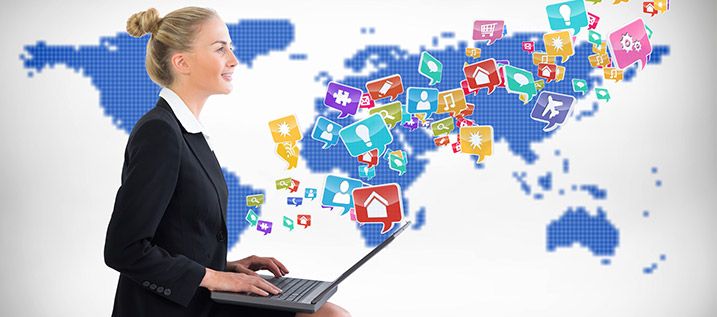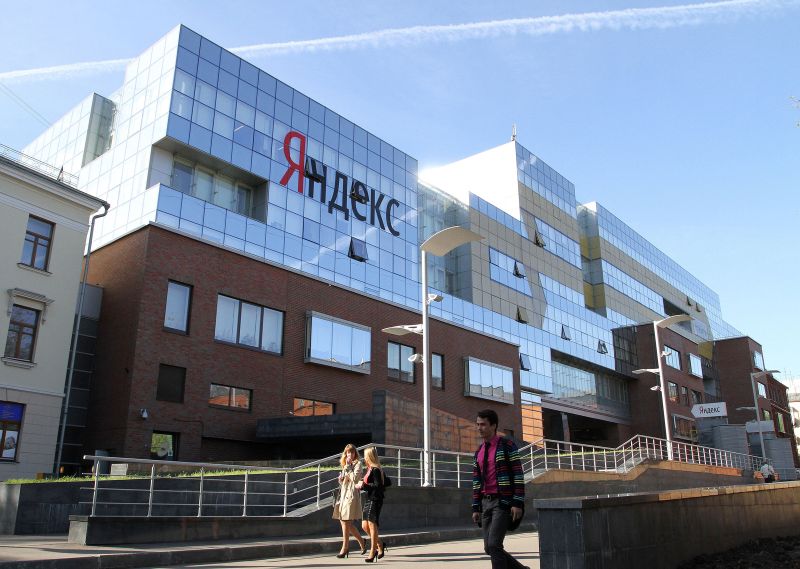Internet communication
Communication on the Internet is usually presented in the form of a model in which the organization influences its audience through marketing techniques, with the goal of marketing its products or services, stimulating demand, expanding market share, etc.
As with traditional media (media), the Internet is characterized by a one-to-many communication model. However, the communication model for traditional media does not contain a feedback loop, while the Internet environment model includes it. Examples of the implementation of customer feedback can be:
Email;
user registration information;
cookies;
subscribe or register on web servers.
There are varieties of communication models on the Internet in the form of Pull- and Push-models. As a rule, traditional media (media: television, radio, etc.) implement the push model, that is, the delivery of information to consumers, in which consumers occupy a passive role and have only a rather limited ability to select channels of information. The Internet is based on a pull model, in which information is provided on demand (demand pull). This is due to the active role of consumers, due to control over the search for information, and the way of navigation through the use of search mechanisms or other URL sources (uniform resource locator).
Comparison of the communication characteristics of the Internet with traditional media
The Internet has a number of significant features and advantages in comparison with traditional media:
interactive nature of communication;
The multifunctional “many-to-many” communication model underlying the Internet, organically incorporating the one-to-many and one-to-one models, allows implementing a wide range of types of communication interaction based on customer needs;
the presence of control over the search and receipt of information allows consumers to take an active position in the communication process;
a wide range of types of information;
high flexibility and scalability;
the possibility of non-linear information retrieval, due to the hypermedia method of presenting information;
the possibility of online transactions and payments.
In 2009, Internet traffic will exceed 16 exabytes (billion gigabytes) per month, and by 2012 it will be 44 exabytes per month, or half of one zetabyte per year. Next year’s user contribution to IP traffic (both the Internet and other networks) will be slightly less than 75%, the share of corporate traffic will exceed 25%, and mobile access will be less than 1%. The annual doubling of IP traffic is due to the growing penetration of broadband Internet access and the demand for video data, including video on demand (VoD), IP television (IPTV), peer-to-peer video (P2P), Internet video.




